Seoladawon (설아다원)
13.5Km 2024-12-24
153-21 , Samseong-gil, Haenam-gun, Jeollanam-do
+82-61-533-3083
Seola Dawon is a hanok stay at the foot of Mt Duryun in Haenam, Jeollanam-do. It began as a tea plantation whose owner wanted to pass on his love for traditional tea culture to the next generation. Many visitors came and they needed accomodation, so the owner built a small stone guest room. Now there are 8 guestrooms, including a clay house, a timber frame house, and an earthbag house; while the work of promoting tea cultivation and culture continue.
Tracksite of Dinosaurs, Pterosaurs, and Birds in Uhang-ri (우항리 공룡화석자연사유적지)
13.6Km 2021-06-01
234, Gongnyongbangmulgwan-gil, Haenam-gun, Jeollanam-do
+82-61-530-5324
The Tracksite of Dinosaurs, Pterosaurs, and Birds in Uhang-ri is where the world's most intricate fossil footprints of dinosaurs and birds were discovered. The track site was designated as a Natural Monument for its significance and serves as an educational site for studying earth science and dinosaurs from the Cretaceous period. There is a museum that has on display 447 materials related to fossils, including actual fossil pieces of an Allosaurus, along with exhibitions dedicated to giant dinosaurs, sea reptile, and birds.
Haenam Uhangri Dinosaur Museum (해남공룡박물관)
13.6Km 2021-01-14
234, Gongnyongbangmulgwan-gil, Haenam-gun, Jeollanam-do
+82-61-530-5949
Following the discovery of a dinosaur footprint within the region in 1992, Haenam Uhangri Dinosaur Museum was founded to promote the area's significance as a fossil site. The museum provides materials and exhibitions related to dinosaurs as well as Ulhang-ri as a natural heritage site.
Haenam Forest Arboretum (4est 수목원)
13.6Km 2024-11-07
San 1-33, Hwangsanri, Hyunsan-myeon, Haenam-gun, Jeollanam-do
◎ Travel information to meet Hallyu’s charm - "One Day Off"
Haenam Forest Arboretum, where Park Ha-kyung met Jung-ah (who was practicing silent meditation), offers stunning landscapes throughout the seasons. The popular Hydrangea Festival, which showcases blooming hydrangeas, is a must-visit, especially during the summer.
Haenam Dinosaur Festival (해남 공룡대축제)
13.9Km 2025-04-24
234 Gongnyongbangmulgwan-gil, Hwangsan-myeon, Haenam-gun, Jeollanam-do
+82-61-530-5157
The Haenam Dinosaur Festival, held at Haenam Uhangri Dinosaur Museum, is an annual family-friendly festival celebrating Children’s Day.
Dasan Chodang (Historic Site Related to Jeong Yak-yong) (다산초당 (다산 정약용 유적지))
13.9Km 2023-06-19
68-35, Dasanchodang-gil, Gangjin-gun, Jeollanam-do
+82-61-430-3911
Dasan Chodang is the house where Jeong Yak-yong (pen-name Dasan, 1762-1836) lived during his exile. He was a scholar of the late Joseon dynasty and is noted for his great contributions to the development of practical learning in Korea. After he was expelled to Ganjin for writing a secret letter of appeal for religious freedom, which later was named ‘the Hwang Sa-yeong Baekseo’, he lived in the house for 18 years while studying practical learning (‘Silhak’ in Korean). Most of his famous books were written in Dasan Chodang. While walking along a road near Dasan Chodang, you can see the Cheonilgak pavilion, which offers a great view of beautiful Gangjin Bay. Not far from Dasan Chodang is the Dasan Museum, where visitors can learn about the life of Dasan.
Gangjin Baengnyeonsa Temple (백련사 (강진))
14.1Km 2020-04-04
145, Baengnyeonsa-gil, Gangjin-gun, Jeollanam-do
+82-61-432-0837
The original name of Baengnyeonsa Temple was Mandeoksa Temple, said to have been built by Preceptor Muyeom during the reign of Silla King Munseong. Later, Preceptor Wonmyo rebuilt it in the old site during the reign of King Huijong (7th year) during the Goryeo period. He gained fame as Baengnyeongyeolsa so the temple began to be called Baengnyeonsa Temple. Baengnyeongyeolsa has produced eight preceptors of Goryeo and flourished throughout 120 years. In addition, the area is famous as the place where Dasan Jeong Yak-yong and Master Hyejang connected and developed companionship regardless of religious and age differences during Jeong was exiled to Gangjin.
The temple’s most popular attraction is Forest of Common Camellias, designated as Natural Monument No. 151. The Camellia trees, skirting the road to the temple, make up a forest covering the area of 9,917 ㎡ over the ruined Haenghotoseong Earthen Fortification next to a memorial stone. In the forest, four stupas of Goryeo and Joseon Era are scattered like hide-and-seek. The forest features a tranquil ambience all year long even in daytime, thanks to the thick, green leaves. From November, the camellia flowers are in full bloom and the forest becomes red, beautiful enough to inspire visitors. After passing the forest on the way to Dasan Chodang, visitors can glimpse a colony of tea fields and wild tea produced by Baengnyeonsa Temple. The mountain where Baengnyeonsa Temple is situated has had wild tea fields grown from Goryeo Era so that it was called "Dasan." For this reason, Jeong Yak-yong’s pen name is "Dasan" which holds the valuable meaning of his banishment here.
Da hyang so ckuk (다향소축)
14.2Km 2024-12-23
7-5 , Dasanchodang 1-gil, Gangjin-gun, Jeollanam-do
+82-61-432-0360
Dahyang Sochuk, near the Dasan Chodang historic site in Gangjin, Jeollanam-do, is a traditional hanok homestay that feels like a local museum. All rooms are red clay-walled, and have naturally dyed bed linen. Large and small flowers bloom around the house, and in the yard are many strangely-shaped bonsai in pots, creating a refined and relaxing atmosphere. Wild green tea grows locally, so tea ceremonies are often arranged.
Haemaru healingsoup (해마루 힐링숲)
15.7Km 2024-12-24
108-35 , Donghae-gil, Haenam-gun, Jeollanam-do
+82-10-2332-6303
Gangjinman Bay (강진만)
16.2Km 2020-03-27
Beoljeong-ri, Gangjin-gun, Jeollanam-do
+82-61-430-3114
Gangjin has many scenic landscapes with Wolchulsan Mountain to the north and the sea of Gugangpo dotted with numerous islets and wetlands to the south. It is also home to beautiful mountains, rivers, and plains that add to its scenic beauty and natural features. The Baengnyeonsa Temple and Dasan Chodang to the west of Gangjinman Bay, and the reeds along the coastline are a beautiful sight to behold. Also, the National Highway No. 23 that runs along the eastern border of the Gangjinman Bay, past the town of Gangjin-eup to Maryang, is famous for its many spectacular sights. Above all, it is highly recommended to hike up the Cheonilgak Pavilion in front of the Dasan Chodong Dongam (east hermitage) for a panoramic view of Gugangpo’s coastal waters. The hiking trail that traverses Mandeoksan Mountain leads to Baengnyeonsa, which is a temple with breathtaking ocean view.
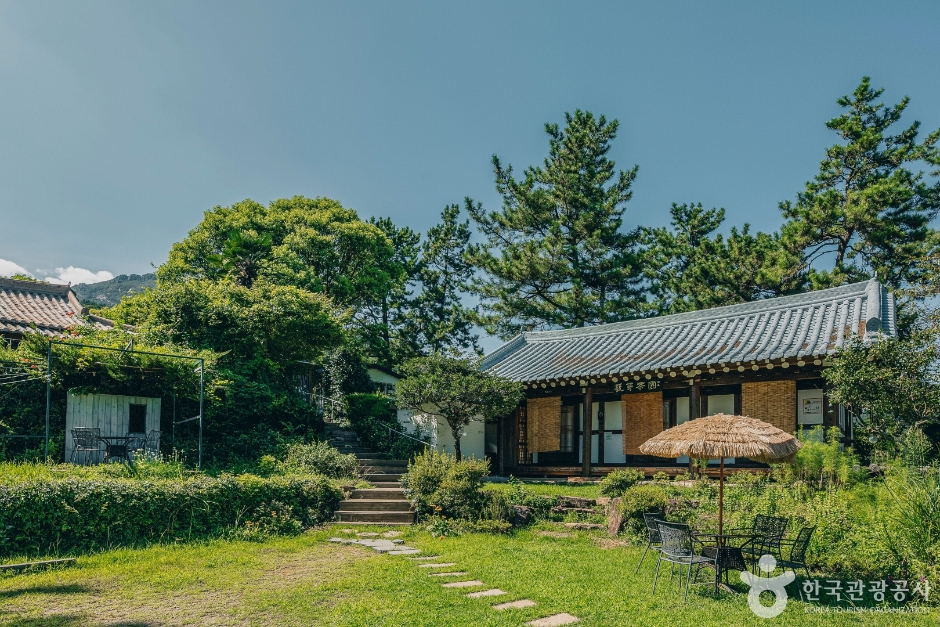
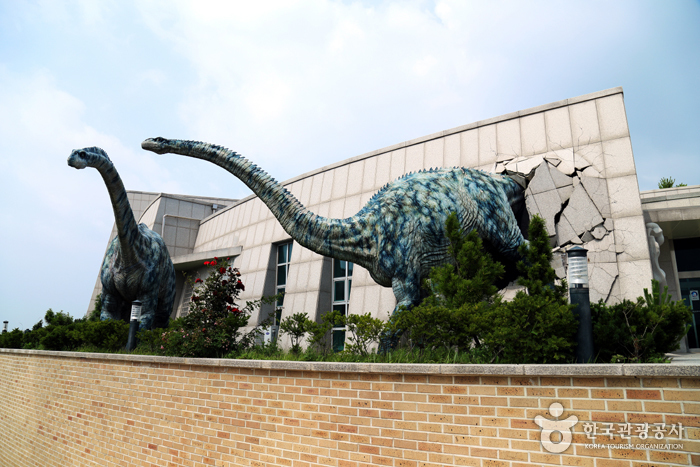
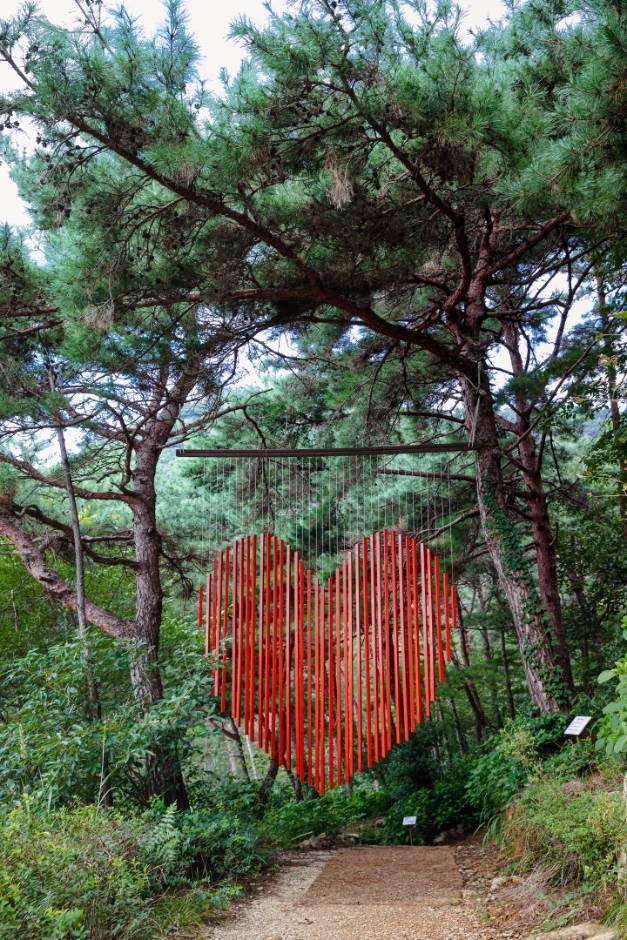
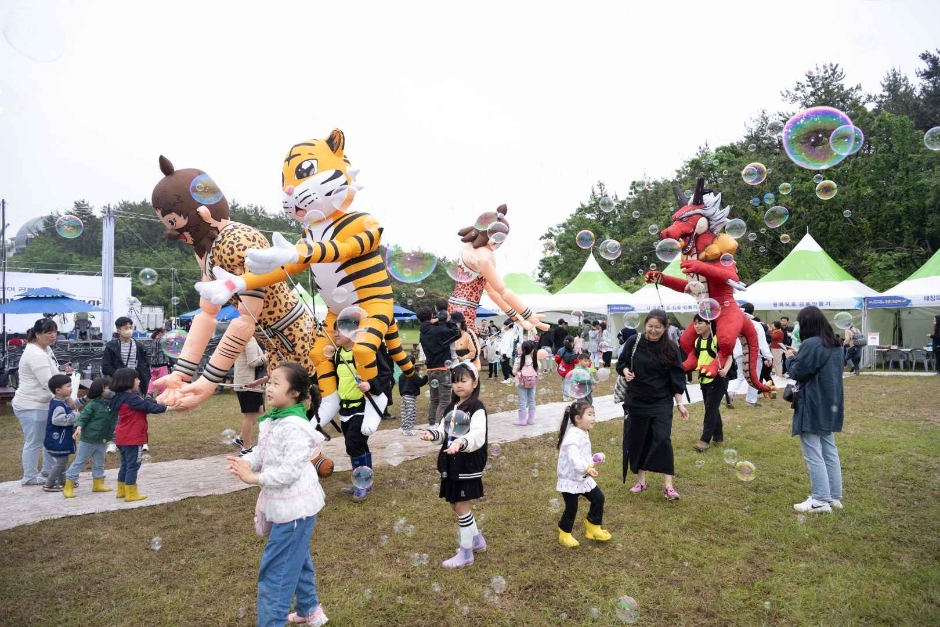
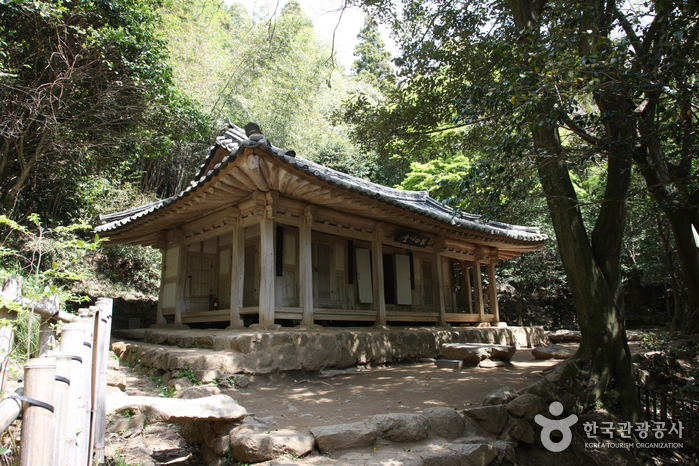
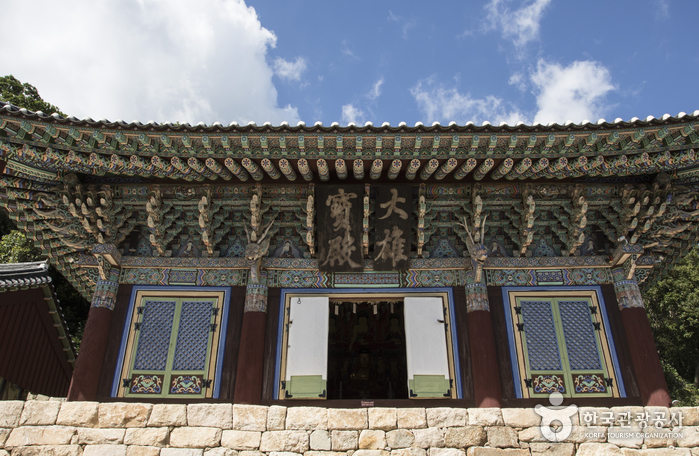
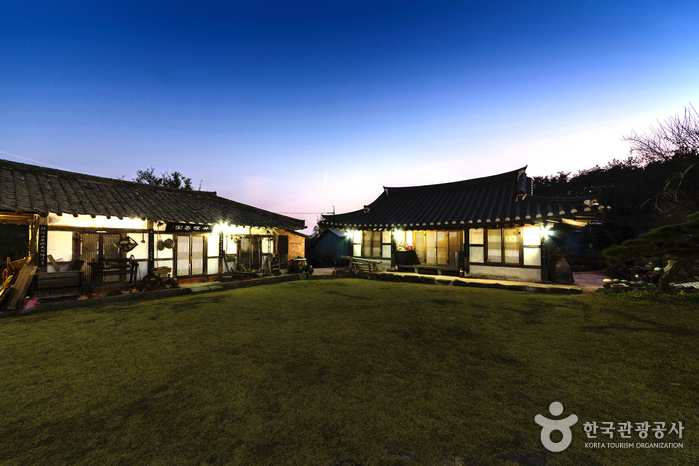
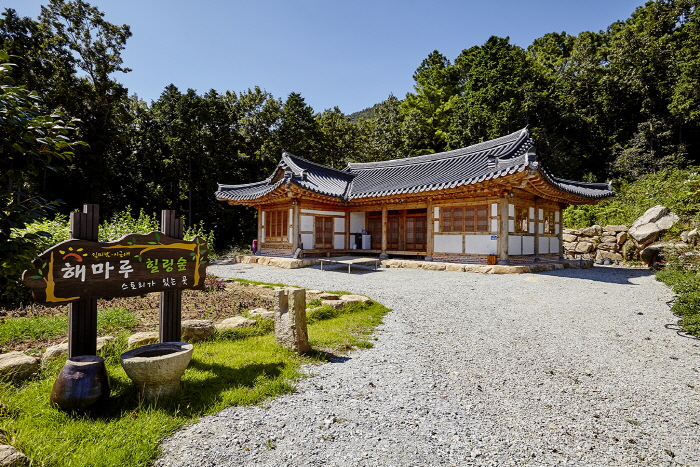
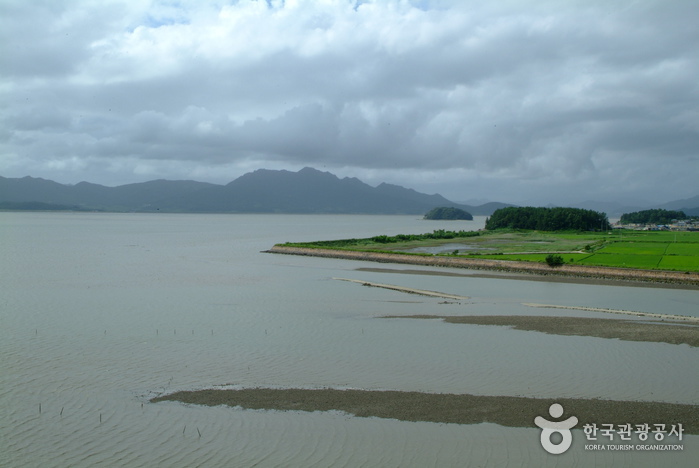
 English
English
 한국어
한국어 日本語
日本語 中文(简体)
中文(简体) Deutsch
Deutsch Français
Français Español
Español Русский
Русский